The first rains have fallen in the Zapotillo Canton of the Loja Province in Southern Ecuador. That means the brilliant yellow flowering trees called Guayacanes will soon be blooming in full force. If you want to visit, there are a few things you should know before heading south.
What are Guayacanes?
The Guayacan is a species of tree native to the American Tropics. Its scientific name is Handroanthus chrysanthus. These trees grow up to 50 feet (approximately 15 meters) tall in altitudes ranging from about 650 to 4000 feet (200 to 1200 meters). Its leaves are a bright green, its trunk a deep espresso brown that look black in photos, and it flowers a gorgeous neon yellow. They shine as if lit from an external light source even on the cloudiest of days.
Where Do Guayacanes Grow?
Guayacanes grow in the dry forests of the Andes, from Venezuela to Argentina. Unfortunately, their habitat is endangered, mainly from rapid deforestation tied to agriculture and development.
For this reason, the best forests are often the most remote, found at the end of dusty dirt roads. Some of the most beautiful are found in Northern Peru and Southern Ecuador, both locations that are complicated to visit.
The best forests in Ecuador are found in the Zapotillo Canton of the Loja Province. More than 40,000 hectares of Guayacan forests paint the region bright yellow a few weeks after the first rains. Don’t get confused by the name of the town Zapotillo and the Canton Zapotillo. The latter is home to many small villages. The former is a town of the same name that does not often brag about its Guayacán bloom.
Look for names of Bolaspamba, Mangahurco, and Cazaderos when planning your trip. These are the small towns that will provide the best options for lodging (mainly camping) and food. More on that below!
Predicting The Best Flowers
While visiting last year, we talked with several people about creating a countdown calendar similar to the one the US Park service keeps for the Cherry Blossom flowering in Washington DC. When we asked about the signs, we expected that warnings would begin about 6 to 8 weeks prior. Were we ever wrong!
Basically, the flowering comes down to a single event – the first rain. Then a mere week later, the trees send out prolific amounts of gorgeous, brilliant yellow flowers. A few days later, the flowers begin to fall, turning the ground a golden yellow as well. That is the best time to visit, when there are flowers on the trees and on ground. At that time, entire swaths of forest glow with an internal sunshine that defies the imagination.
The problem with this prediction is that rain does not fall equally in all places at the same time. In fact, some forests receive very little rain in some years and hardly flower at all. One part of the forest might flower a week or two after the announcement of the first flowering. But, as this is Pachamama at work, there are no guarantees.
More About The Weather
When North Americans hear the words “rainy season”, we often think of cold weather. It’s anything but cold this time of the year in Southern Ecuador. In fact, it was downright toasty and warm. We even slept sans sleeping bags, tossing our raincoats on the tent floor.
My guess is that you will arrive and never even feel a drop of rain. Yes, it’s normally that dry.
That said, bring your umbrellas and your tents. Because, when it does rain, it pours! Be prepared to get stuck if normally dry river beds flood overnight from rains in the surrounding hillsides. Basically, if the rain does come, it changes the entire region in ways that can make transportation more difficult.
The Guayacanes Bloom for 2019/2020
If you are hoping to see the flowering this year (2019/2020), you may already be too late. According to a local news source, the first rains fell in Zapotillo on Thursday, December 13. However, there hasn’t been a big buzz about flowering which tells us that these rains were very localized:
Sin embargo, de los seis sectores que tiene Zapotillos y donde florecen los guayacanes, solo Bolaspamba es el beneficiado, los otros cinco aún no reciben lluvias, por lo tanto tendrán que esperar. “El sector más visitado por los turistas, como es Mangahurco todavía no tiene lluvias”, dijo el comunicador del Municipio, Johan Chamba.
However, of the six sectors in Zapotillos where Guayacanes flower, only Bolaspamba benefited from the rains. The other five have not yet recieved rain, and must await its arrival. “The most visited sector, like Mangahurco, have not yet had rains,” said city spokesperson Johan Chamba.
We’re crossing our fingers for a second announcement in another week or two for other areas in the region.
How Can I See This Natural Wonder?
If you do want to catch the flowering one of these years, we recommend planning on being in Ecuador from mid-to-late-December until mid-January. Those are the weeks when the trees have traditionally flowered for the last few years.
If you are already staying in the south, like Loja, the trip will be a shorter one, about a 6 hour drive. Yep, roads in this part of Southern Ecuador are not the fastest. In fact, they are not even paved once you hit the Zapotillo Canton.
However, there are often van loads of tourists who arrive from Quito and Cuenca, driving through the night and spending a single day seeing the forests closest to the main road. Those are in Mangahurco. If you have time, however, beautiful blooms and unique dry forest habitat are also found in Cazaderos.
If you are on your own, asking locals about where to get the best pictures is a good idea. Also, keep your eye on Twitter and Facebook. Hashtags like #guayacan #guayacanes #Mangahurco #Cazaderos #Bolaspamba #Loja #Ecuador #florecimiento are good ones to look for. We also do our best to share the news on our Facebook feed.
Food and Lodging in Zapotillo Canton
When you make your way this far south, one of the things you will find is that there are no hotels and very few restaurants. For the week or so that the Guayacanes bloom, locals open up their homes for tourists, renting beds and providing meals. Some places even put out signs that make them look pretty official.
Be warned, food ranges from pretty good to downright awful. Furthermore, the selection will be severely limited. We recommend bringing at least some food with you – sandwiches for lunch, healthy snack foods, and plenty of clean drinking water. This is especially so for vegetarians, vegans, and anyone with food allergies.
However, don’t worry about bringing beer. There will be plenty of Peruvian Cristal, brought from across the border!
One meal that is commonly found is Chivo al Hueco – goat roasted in a clay pot placed in a wood burning oven or in a pit. It says something that when I looked for a recipe, I found one that serves 50 people. It’s always made for a crowd. Some people do a better job butchering the goat than others. We’ve had bone splintered Chivo al Hueco and beautifully tender, practically bone-free Chivo al Hueco. It’s basically a coin toss which you’ll get on any given day.
Camping in Zapotillo Canton
Most Ecuadorians who arrive by car plan on camping. There are established campsites in each of the towns that offer the best access to flowering trees. The official campsite in Mangahurco is protected by a fence going around and offers meals at its outdoor but sheltered cantina. They also sell beer at night. They have two toilets and a shower which were kept in decent condition. However, with so many people using the facilities, expect a line, especially in the morning.
Every where else, we saw makeshift campsites like the one just outside Cazaderos. There were fewer people and a calmer ambiance. This might have been because Cazaderos is a little further out or because the bloom was not as spectacular as near Mangahurco.
These makeshift campsites have no restaurants nor any kind of facilities for toilets.
The truth is, there are so many wild spaces that if you are willing to make a dry camp, you will find a place to stay. All we suggest is that you come prepared with food, fuel, ice, and water. Please so not rely on local Ecuadorian travel agencies to provide you with quality equipment. Camping is still a budding art form in Ecuador and many Ecuadorians have no idea what real camping actually means.
Our Guayacán Itinerary
On our own two-day trip, we left Saraguro in the wee hours of the morning, arriving in Bolaspamba around lunchtime. We passed it by as there were few trees in bloom. Instead, we headed straight to Mangahurco. We lunched on the main plaza (fair) before exploring the area around Mangahurco that first afternoon before making camp in the same place. The next morning, we drove to Cazaderos, exploring along the way. Then we headed back the way we came through Mangahruco and Bolaspamba before heading back to Saraguro. We arrived around midnight. It was a grueling trip. I recommend staying two nights or more if you have the time and the equipment to camp.
Still Have Questions About The Guayacán Bloom?
Do you still have questions about the Guayacán Bloom? Please leave a comment below or feel free to send us a note or engage with us on our Facebook page. Scott and I are both ready to answer your questions!

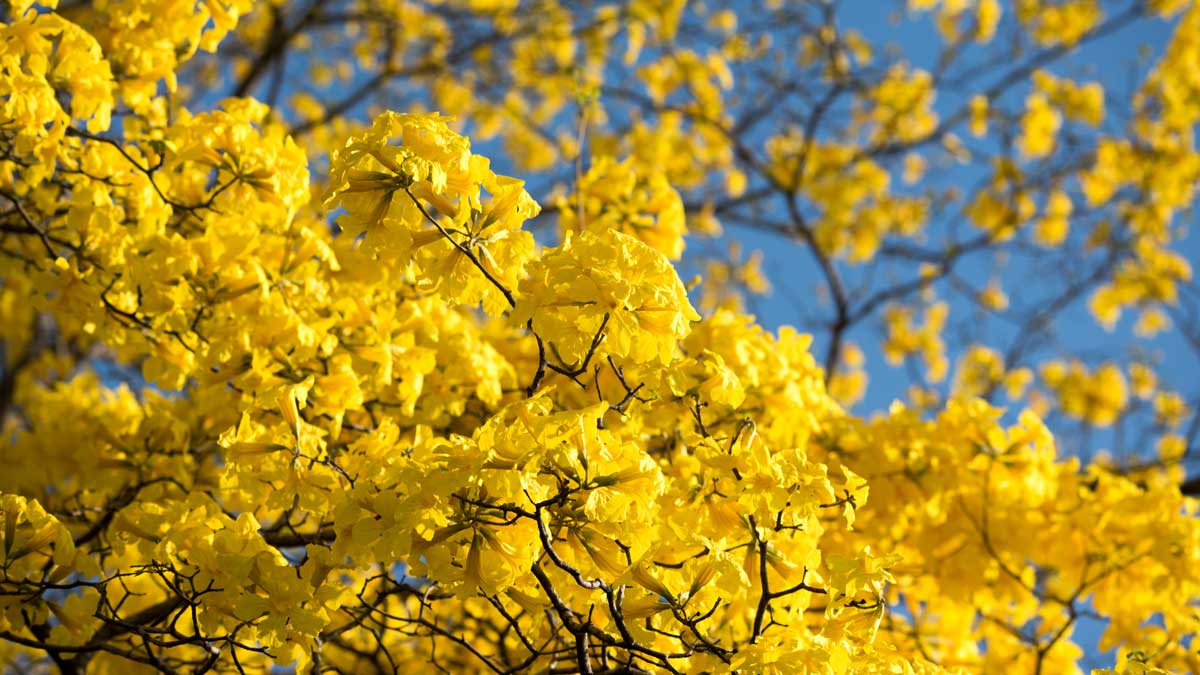


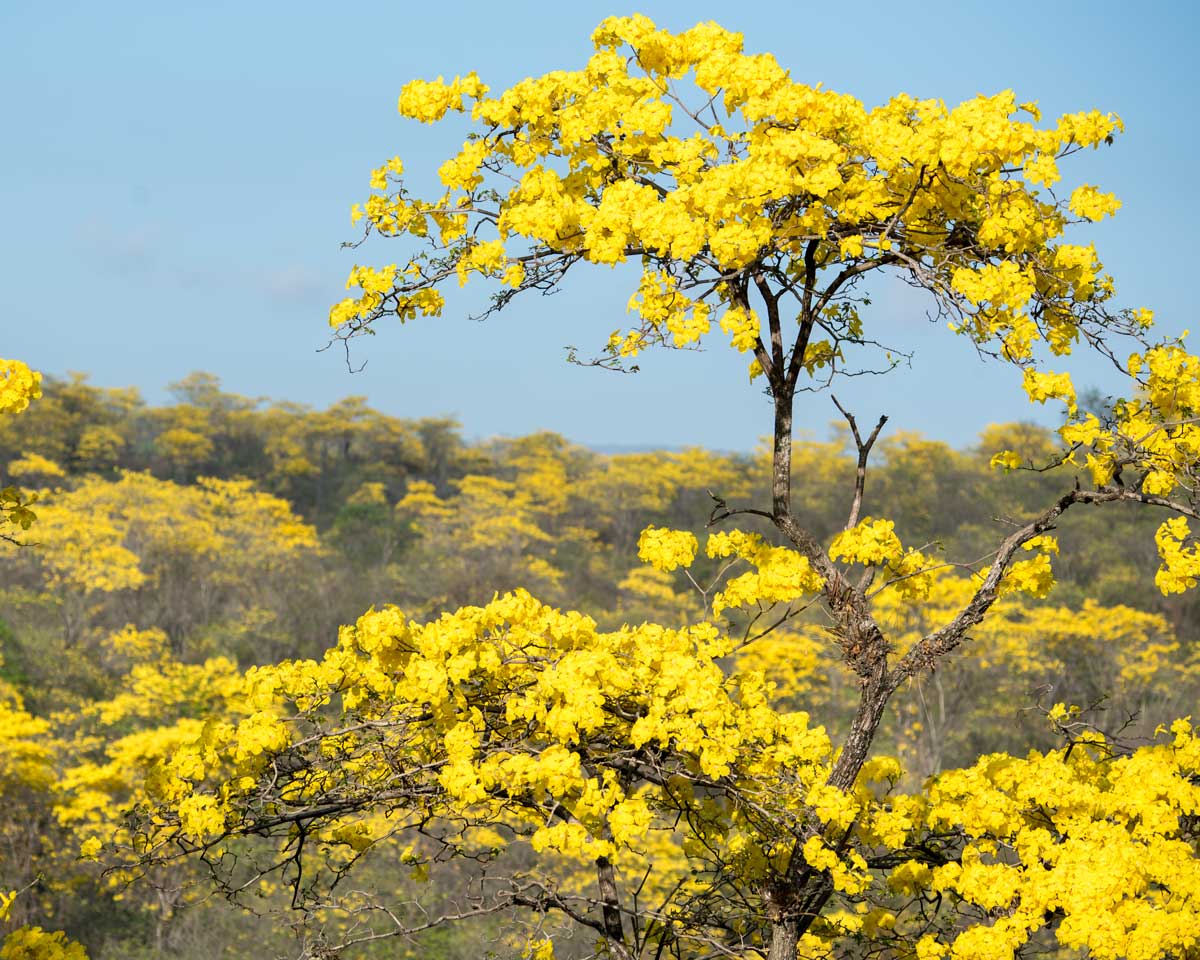
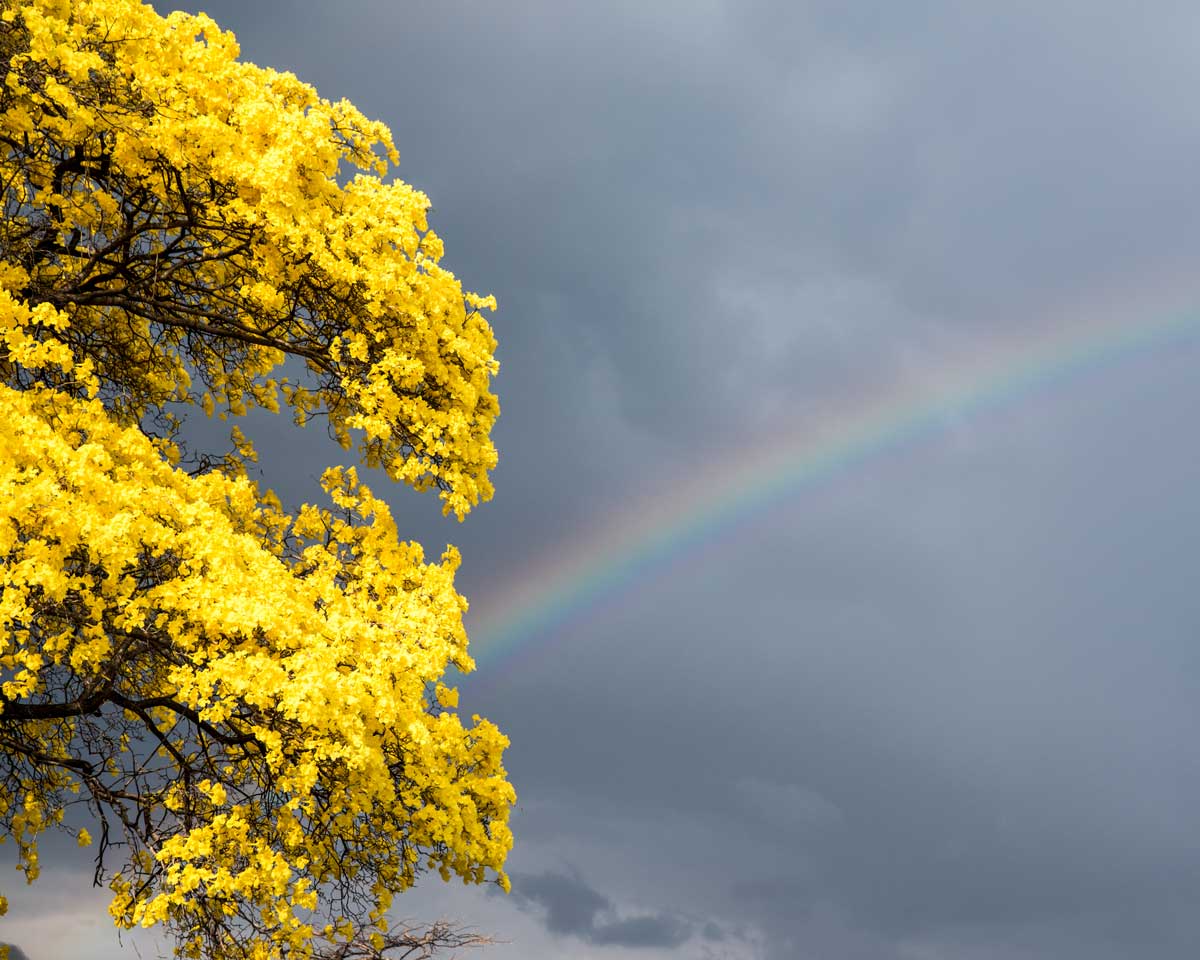

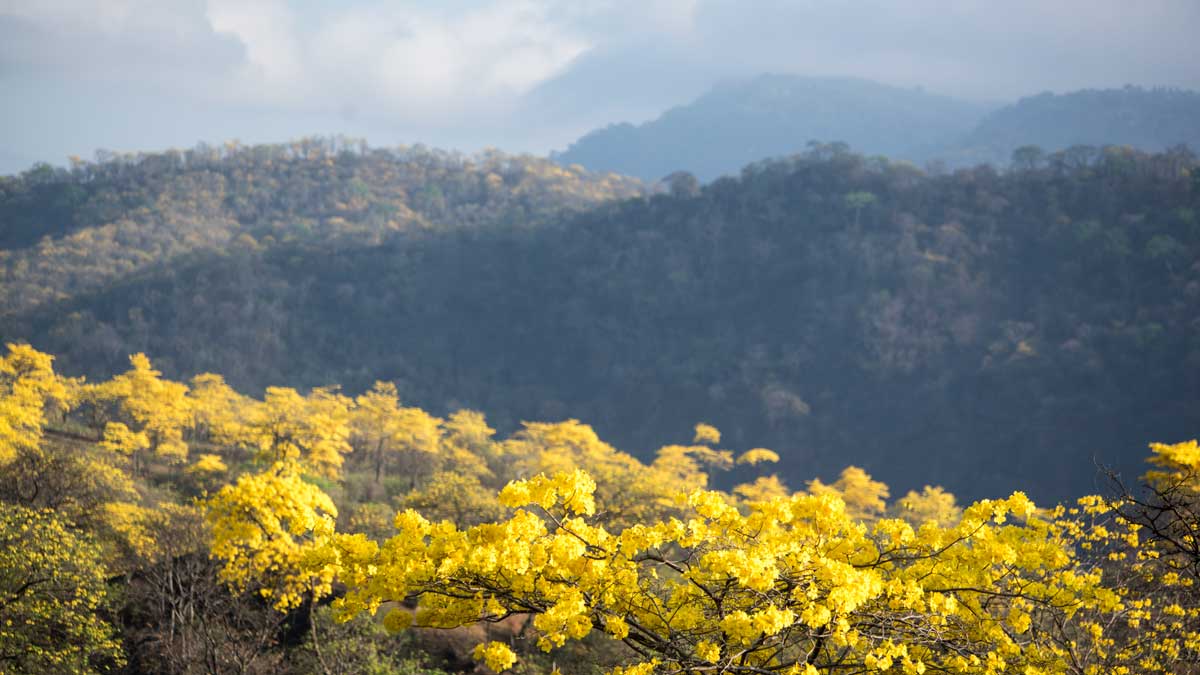
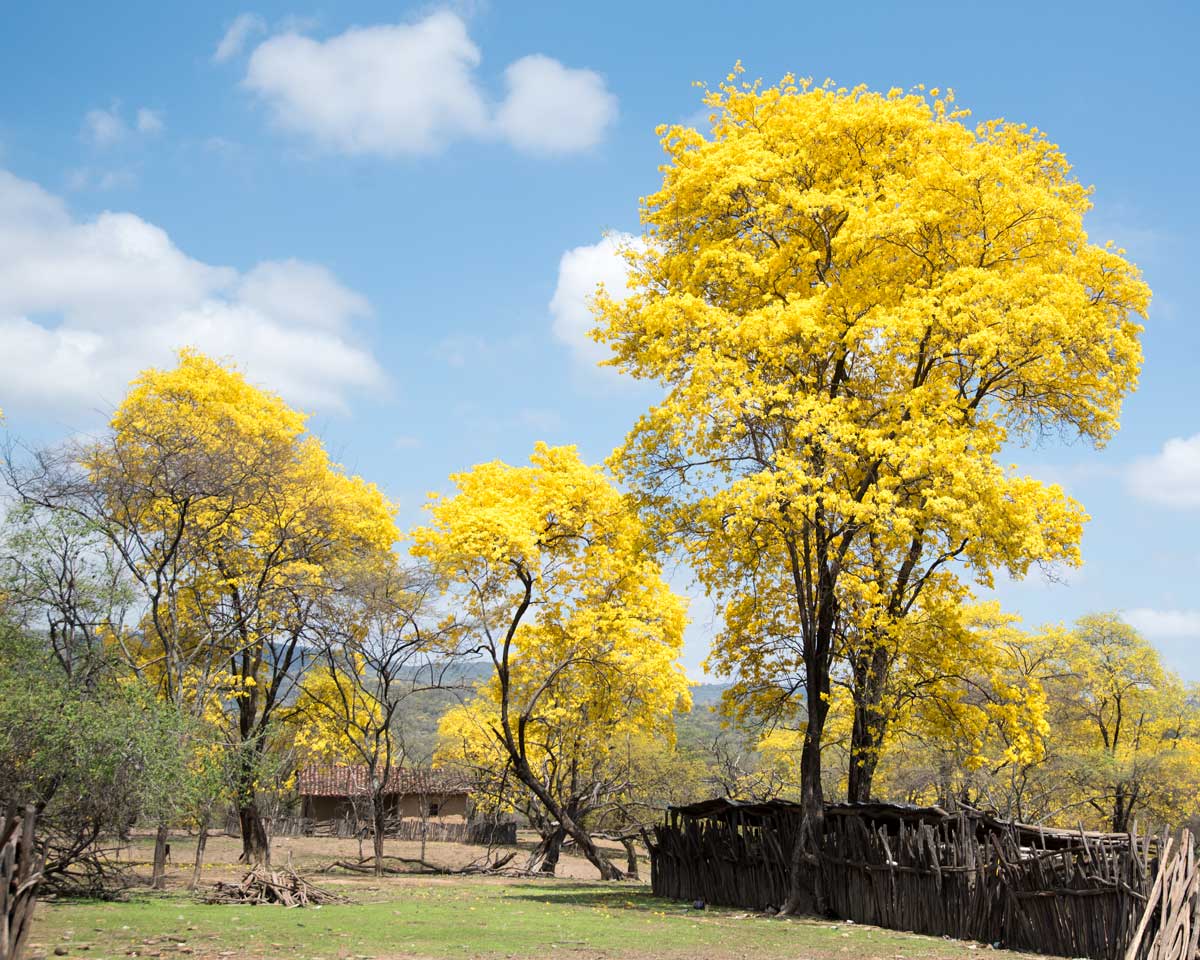
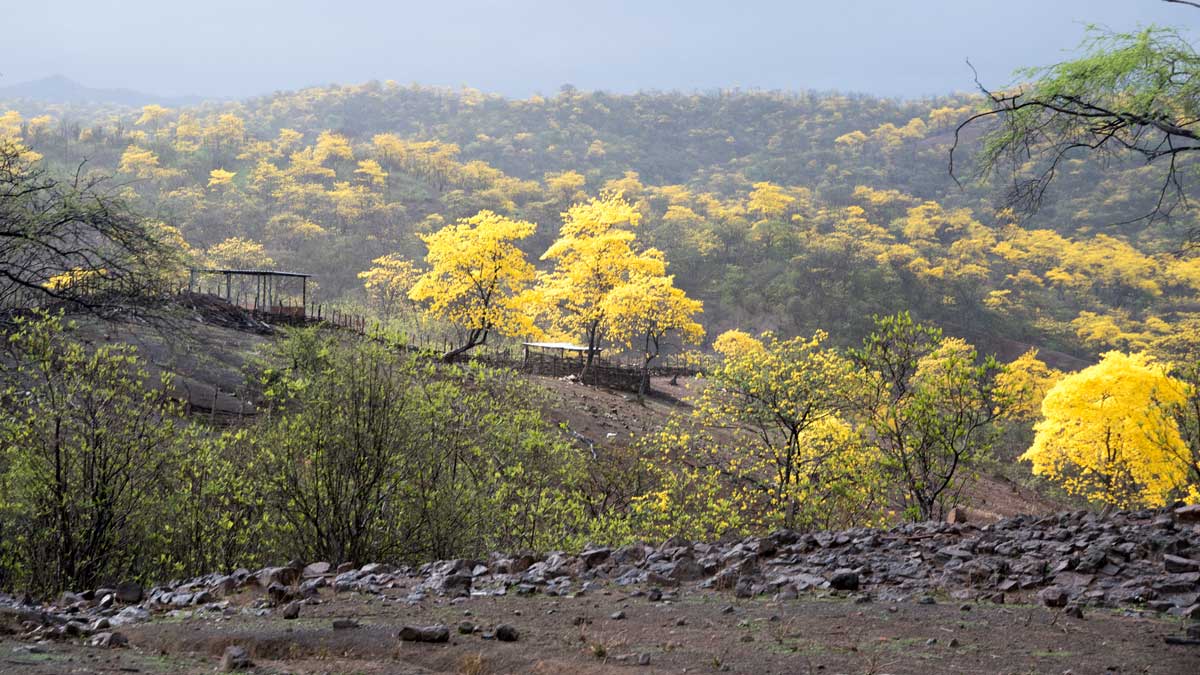
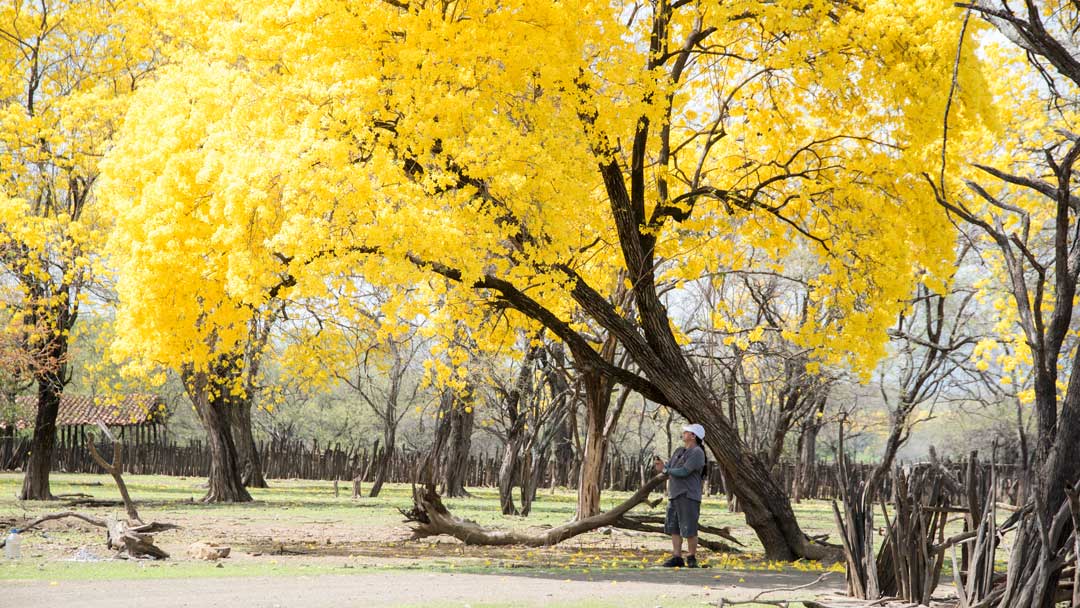
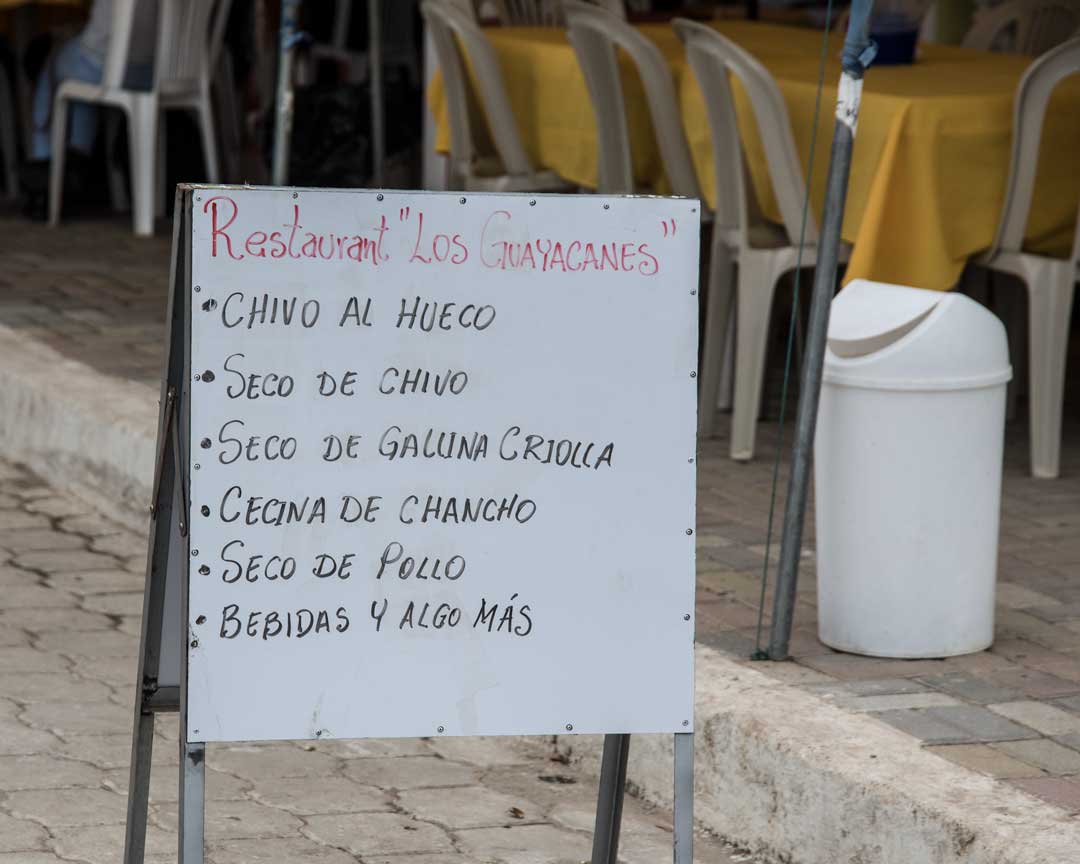
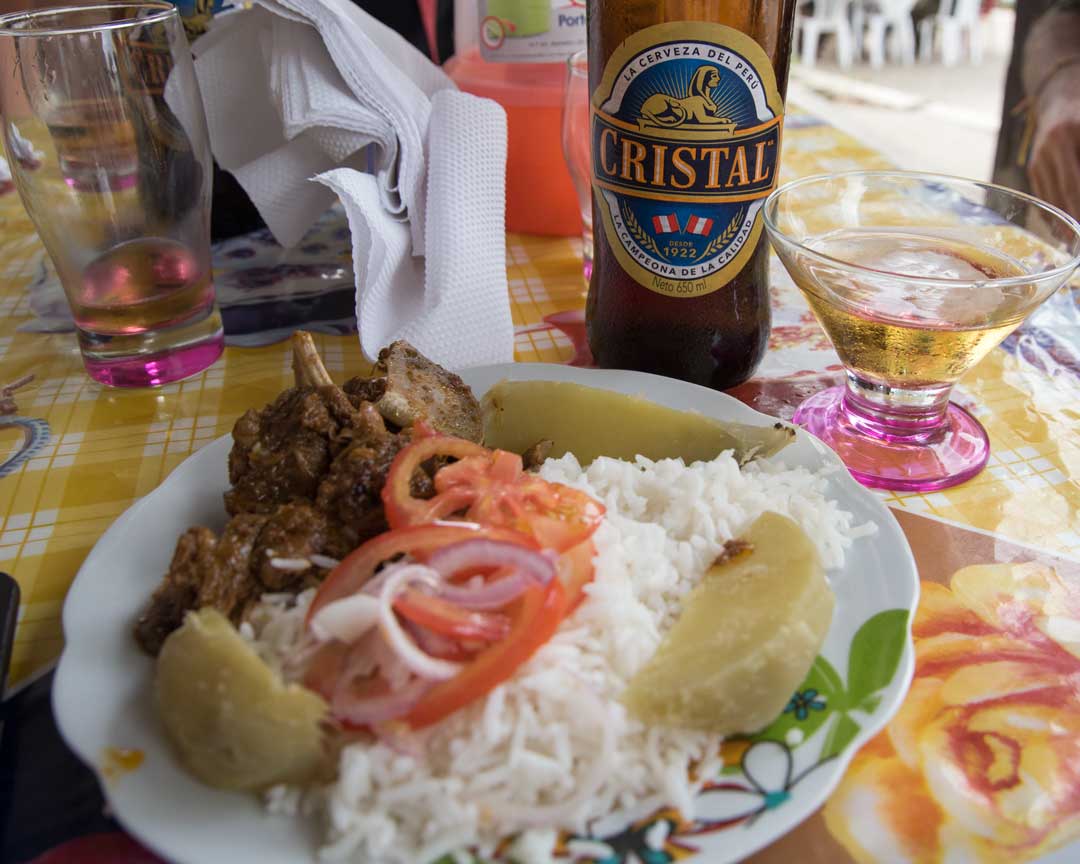
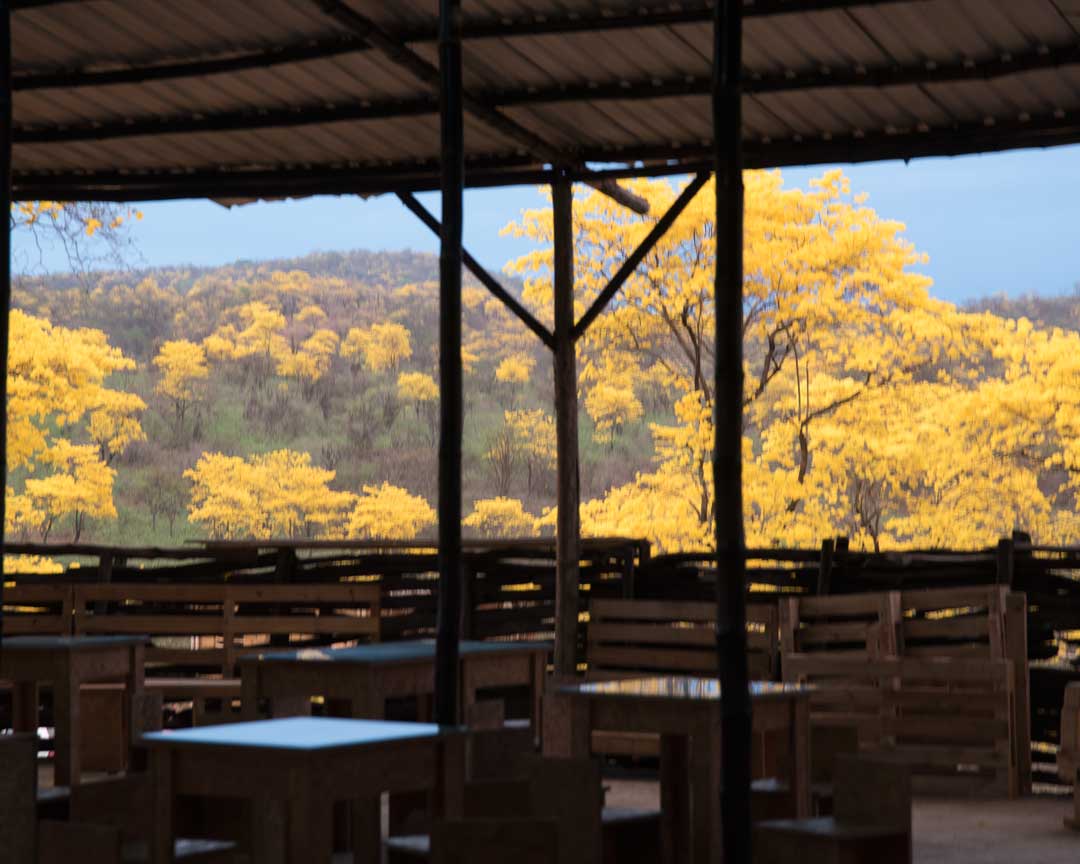
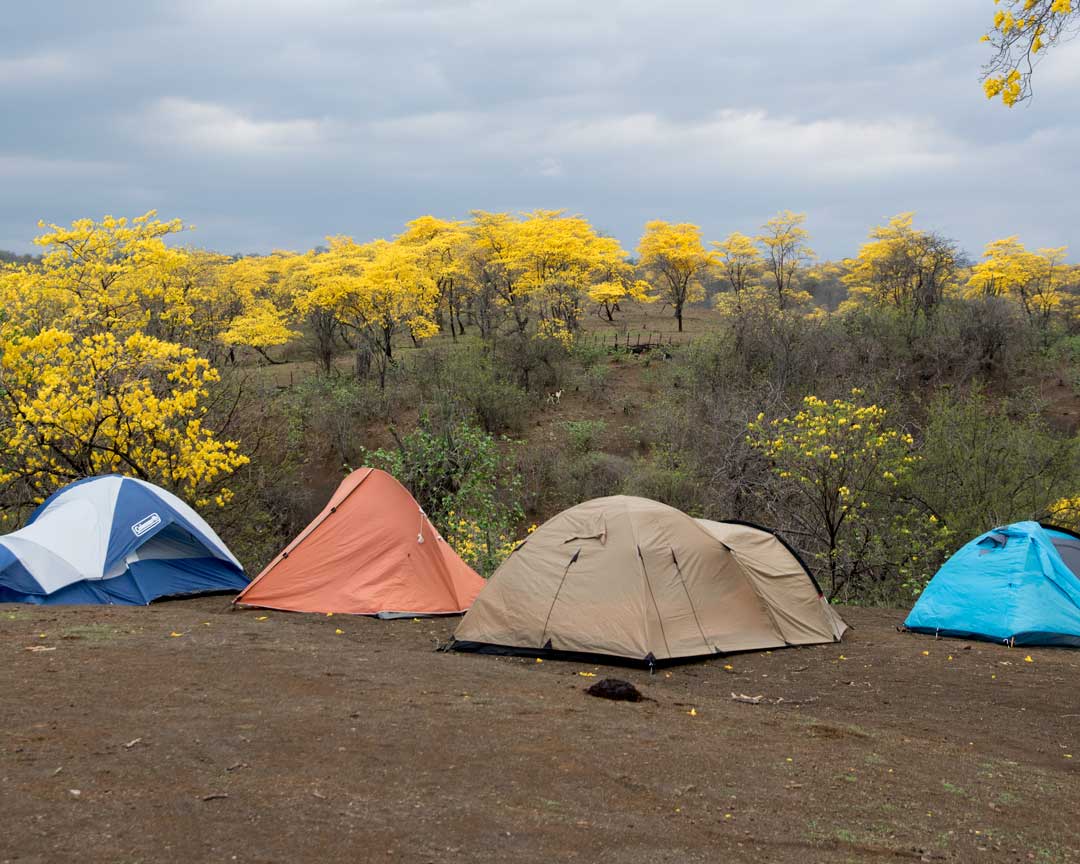
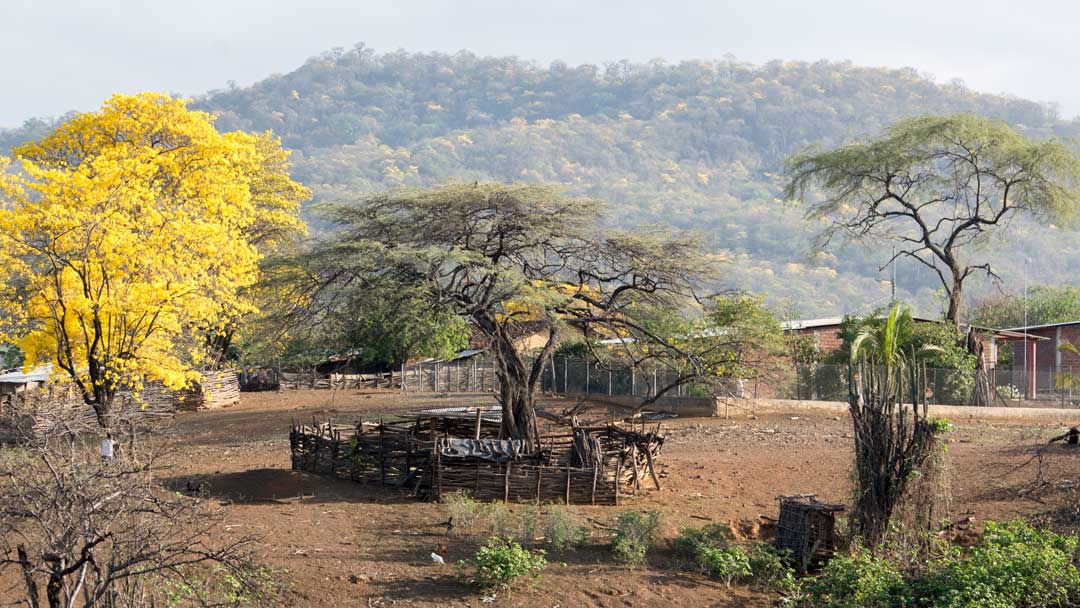











0 Comments